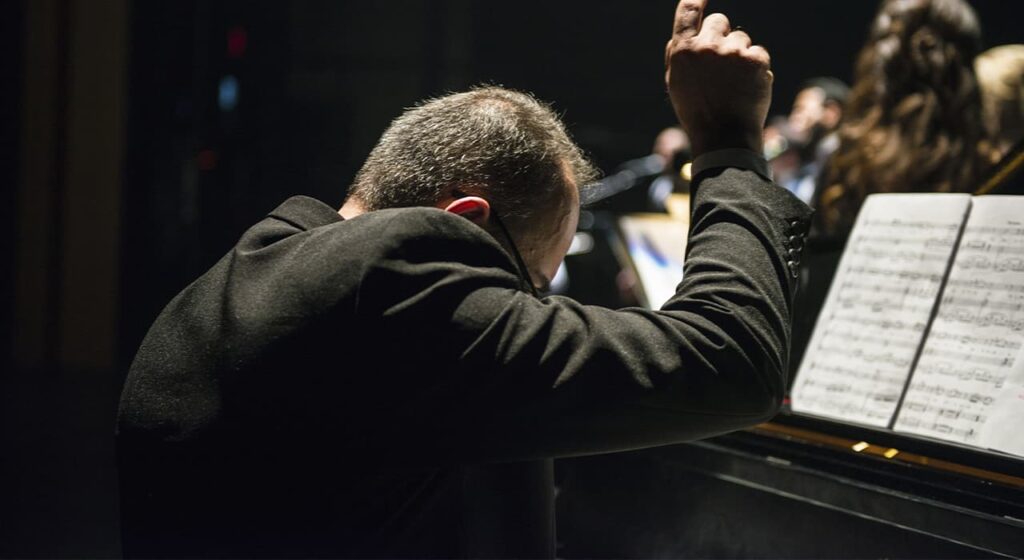Romanticism – the period of music development from 1820 to the early twentieth century
Romanticism is an ideological and artistic movement in European and American culture of the late 18th century and the first half of the 19th century.
In music Romanticism was formed in the 1820s and remained significant until the early 20th century. The leading principle of Romanticism is a sharp contrast between ordinaryness and dreams, everyday life and the higher ideal world created by the creative imagination of the artist.
Initially, romanticism was a fundamental opponent of classicism. The antique ideal was opposed to the art of the Middle Ages, the distant exotic countries. Romanticism discovered the treasures of folk art – songs, tales and legends. However, the opposite of romanticism to classicism is still relative, as the Romantics perceived and further developed the achievements of the classics. Many composers were greatly influenced by the work of the last Viennese classic, L. Beethoven.
The principles of Romanticism were asserted by outstanding composers of different countries. They are K. M. Weber, , H. Berlioz, F. Mendelssohn, R. Schumann, F. Chopin, F. Schubert F. Liszt. R. Wagner J. Verdi
For the Romantic musician, the process is more important than the result, more essential than the achievement. On the one hand, they gravitate towards the miniature, which they often include in a cycle of other, as a rule, pieces of different character; on the other, they assert free compositions in the spirit of romantic poems. It was the Romantics who developed a new genre – the symphonic poem. Very great is the contribution of romantic composers in the development of symphony, opera and ballet.
Among the composers of the second half of the 19th and the early 20th centuries: in their works the Romantic traditions promoted the assertion of humanistic ideas – Johannes Brahms, Alexander Bruckner, H. Mahler, R. Strauss, E. Grieg, B. Smetana, A. Dvorak and others.
